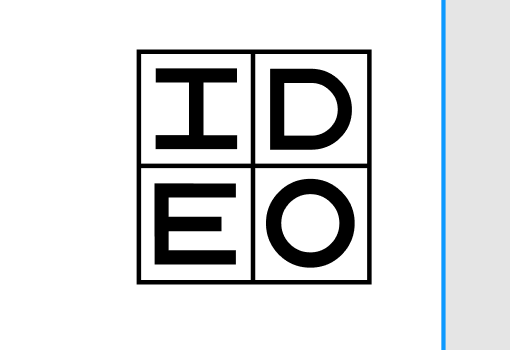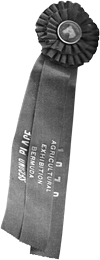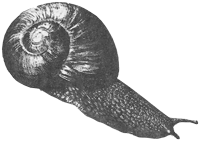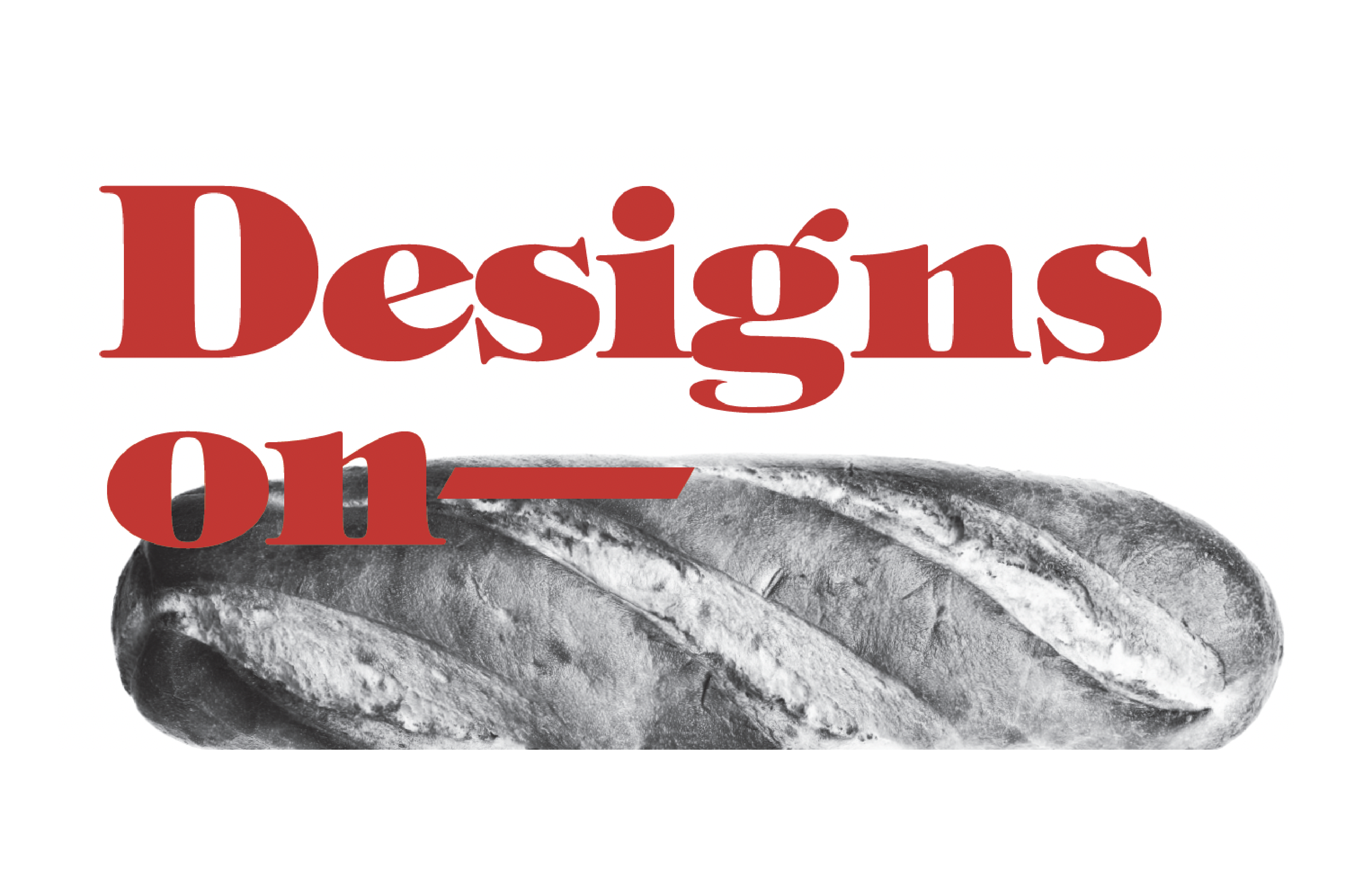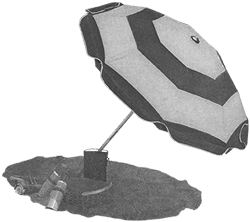“Food shapes us and expresses us even more definitively than our furniture or our houses or our utensils do.” — Much Depends On Dinner, Margaret Visser
Welcome
Food fuels us and inspires us. It is a creative medium, a color palette, a taste sensation. It’s common to all cultures, yet it provides endless variations, configurations, and expressions. It’s a necessity and a source of pleasure. It’s political, industrial, social, cultural, geographical, and nutritional. It’s small-scale and super-sized. It takes the form we give it, and it gives us form in return.
Artists, designers, journalists, and others are placing food center stage like never before—from Rirkrit Tiravanija’s in-gallery guerrilla dinners and Martí Guixé’s pop-up restaurants to the burgeoning Slow Food movement and ever-critical cinematic explorations of the food industry.
In this third volume of Designs on—, it’s our turn to assimilate our thoughts on food and turn them into new ideas for products, campaigns, interactions, and environments. Bon appétit!
01 · Undernourished
According to surveys conducted by the American Dietetic Association, only 14% of Americans eat enough fruits and vegetables; which is at minimum 5 servings per day. Considering that 9 servings per day is the recommended daily intake, we’re well below target.
Drip Gardens
By Elger Oberwelz and Joerg Student
These maintenance-free vertical gardens, equally suitable for both private and public use, distribute vegetable nourishment at no cost. Entirely self-sufficient, Drip Gardens thrive off atmospheric moisture from several as yet untapped sources in the ‘urban wild’ — everything from rain gutters and air-conditioning units to dripping faucets and fog.


02 · Overweight
This is the first time in history that we foresee a younger generation having a shorter lifespan than their parents, due to overeating and malnutrition. 60% of adult Americans are obese, and this number is predicted to rise to 75% by 2015.
Plate
By Thomas Brisebras
Since the 60’s, alongside soaring obesity rates, the average plate size has increased from 9 to 12 inches in the US. Plate reduces the quantity of food intake, while giving the impression of a generous serving. Right side up, the plate is designed to reveal three size-appropriate portions, reflecting the components of a balanced meal — vegetable, protein and carbohydrate. Beneath, it gives information about recommended foods, e.g. less red meat for body health, as well as Earth health (i.e. lower carbon emissions).

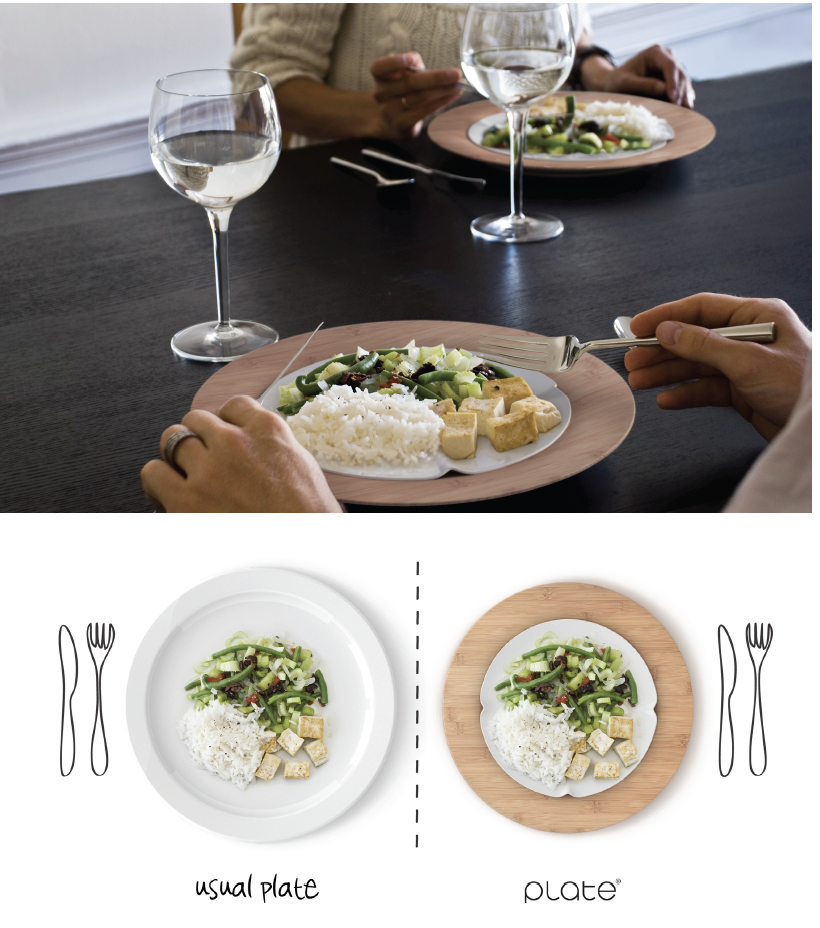
03 · In Vitro Meat
23,000,000 chickens are killed every day in the US for human food consumption. This out-of-whack food pattern has necessitated intensive, industrial farming techniques, whose impacts are neither good for humans (animalborne illnesses) nor chickens, who go “from shell to hell on factory farms.” In response, PETA recently offered $1 million to the first scientist who could bring lab-cultured meat to the market. Do the same thing here
Cotton Chicken
By Larry Cheng
Wired magazine recently reported that “stem cells are bathed in a nutrient-rich soup; as they grow, the material is stretched to mimic the flexing that gives in vitro meat its texture.” Cotton Chicken is a design concept that builds on this scientific development. It is a pultrusion of cultured chicken meat, spun like cotton candy, or pulled like fresh pasta. It is then seasoned to perfection, flash-fried, and wrapped delicately around a skewer of bamboo.

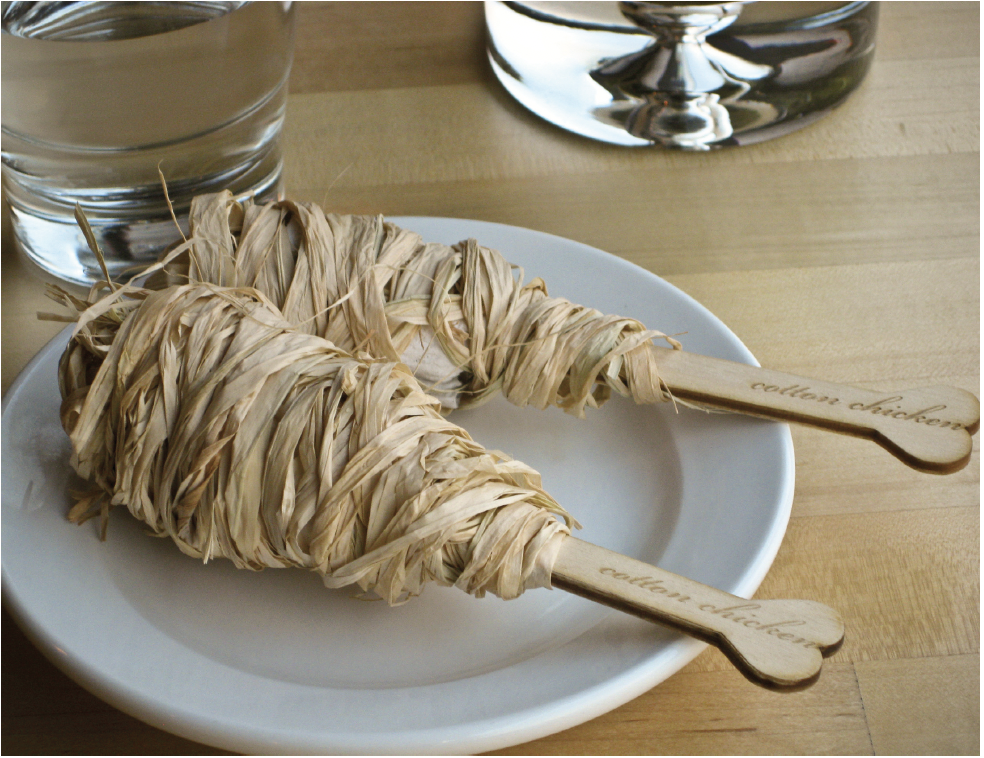
04 · Processed People
It is estimated that about 90% of the money that Americans spend on food goes towards the purchase of processed foods. The WHO(World Health Organization) says these unnatural food products are to blame for the sharp rise in chronic disease and off-the-chart obesity rates.
Stamp of Approval
By Stephen Kim
Most foods today come wrapped in packaging replete with nutrition labels. Mysterious names populate the list of ingredients, yet the label seems to mark the product
as ‘real food’. Why don’t raw fruit and vegetables receive this same identification to let people know what they are about to eat?

05 · Form Factors
There are already about 3,500different shapes of pasta on the market, so it’s clear that this edible medium is fun to experiment with, not to mention enjoy with a good glass of wine. The form of pasta informs our experience of it — how it tastes, how it carries sauces, how it influences how we cook, how it might inspire conversation. .
Pasta Ferrari
By Thomas Overthun
There are few things more Italian than pasta and Ferrari cars. This design concept marries the popular comfort food with the V12 engine of the renowned automotive brand: Pasta Ferrari is at once high tech and lowt ech; a luxury and a vital need. Diners, start your engines!
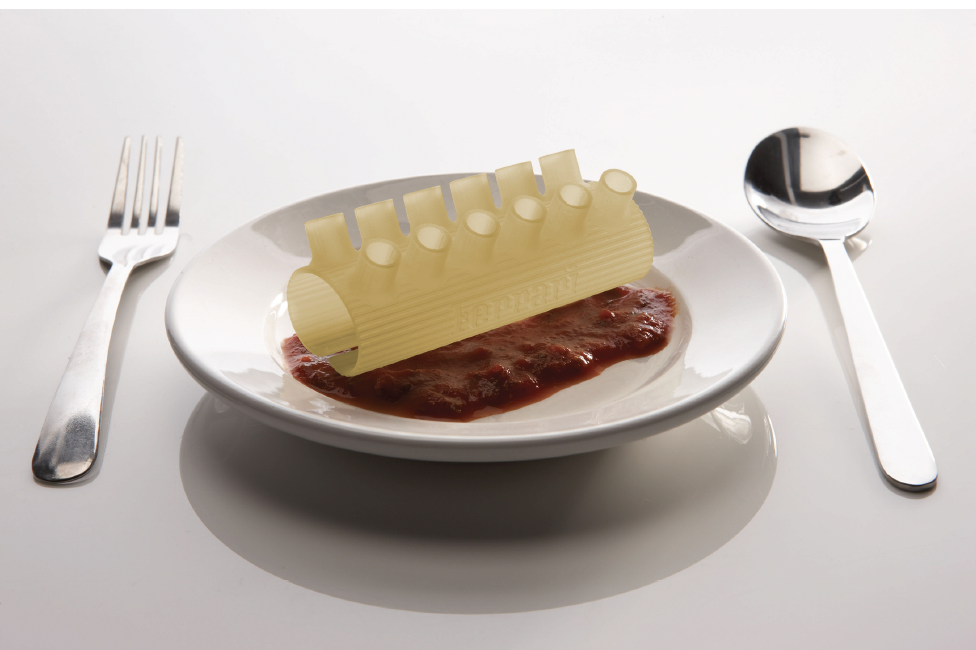
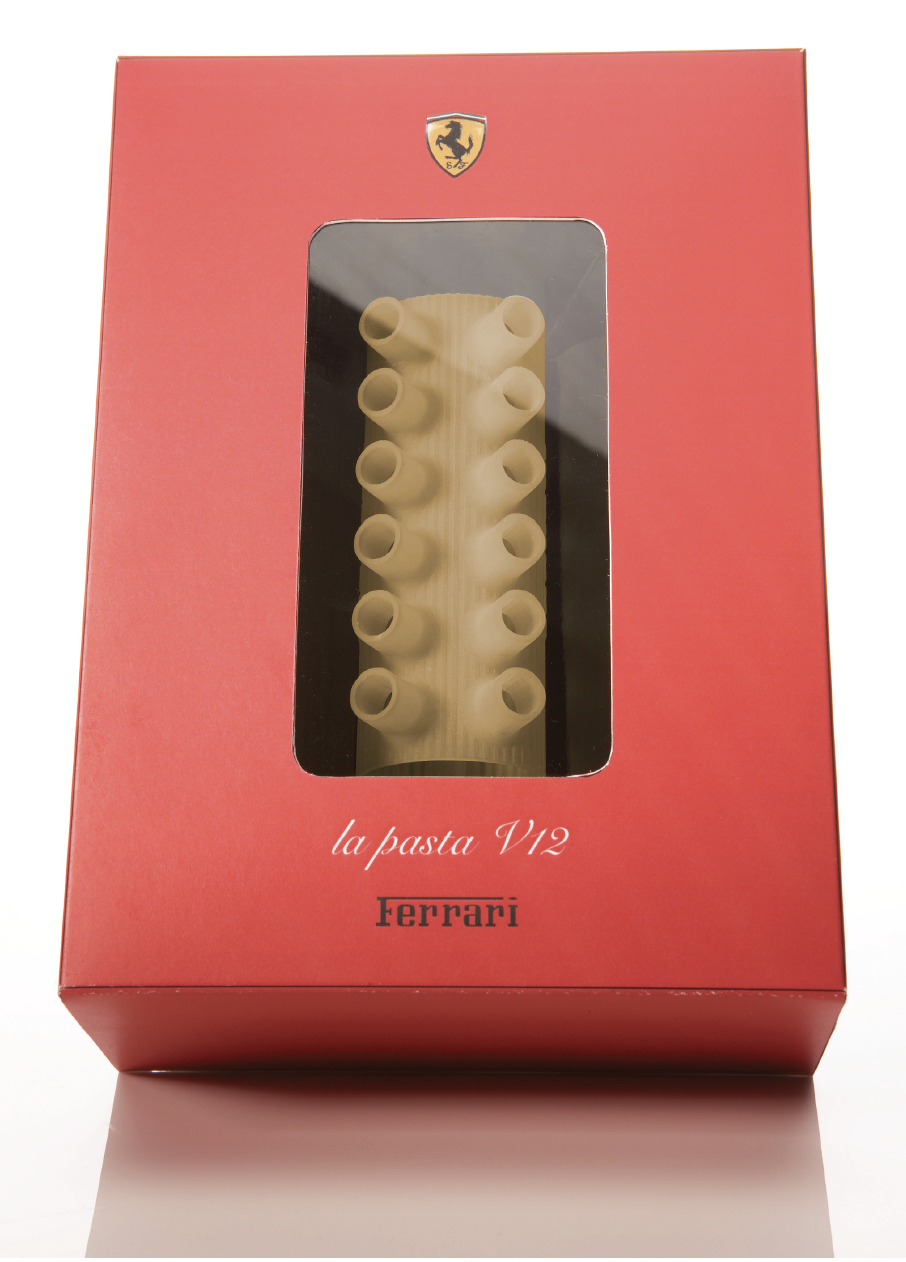
06 · Brushing Behaviors
10 out of 12 dentists recommend that people brush their teeth for roughly three minutes, three times a day, after every meal. But, on average, people reportedly brush once a day, before going to bed, for only 46 seconds.
Word of Mouth
By Blaise Bertrand, Martin Kay, and Byron Parr
Word of Mouth is a sweet treat that tastes terrific and is good for the teeth. Made from frozen yogurt with probiotic cultures, it delivers ‘good bacteria’ to the mouth — and its handle, a stick from a tree infused with natural anti-cavity agents, cleans your teeth when finished. Its packaging offers a third perk: acting as a mirror, you can you can sneak a teeth-peek. (See ya later, spinach.)


07 · Color Relations
In every language, there are culture-specific associations with color. In English, for example, people identify 52 different blue tones. In French, there are only 44. Why is that? What constitutes a color? Could anyone invent a color and instigate its use in language?
The Taste of Color
By Arvind Gupta
When you were a child, were you curious about the flavor of Fire Engine Red? Sky Blue? Sun Yellow? This concept offers a color palettefor the palate – a box of crayon chocolates that stir up memories and make the relationship between color and taste tangible.
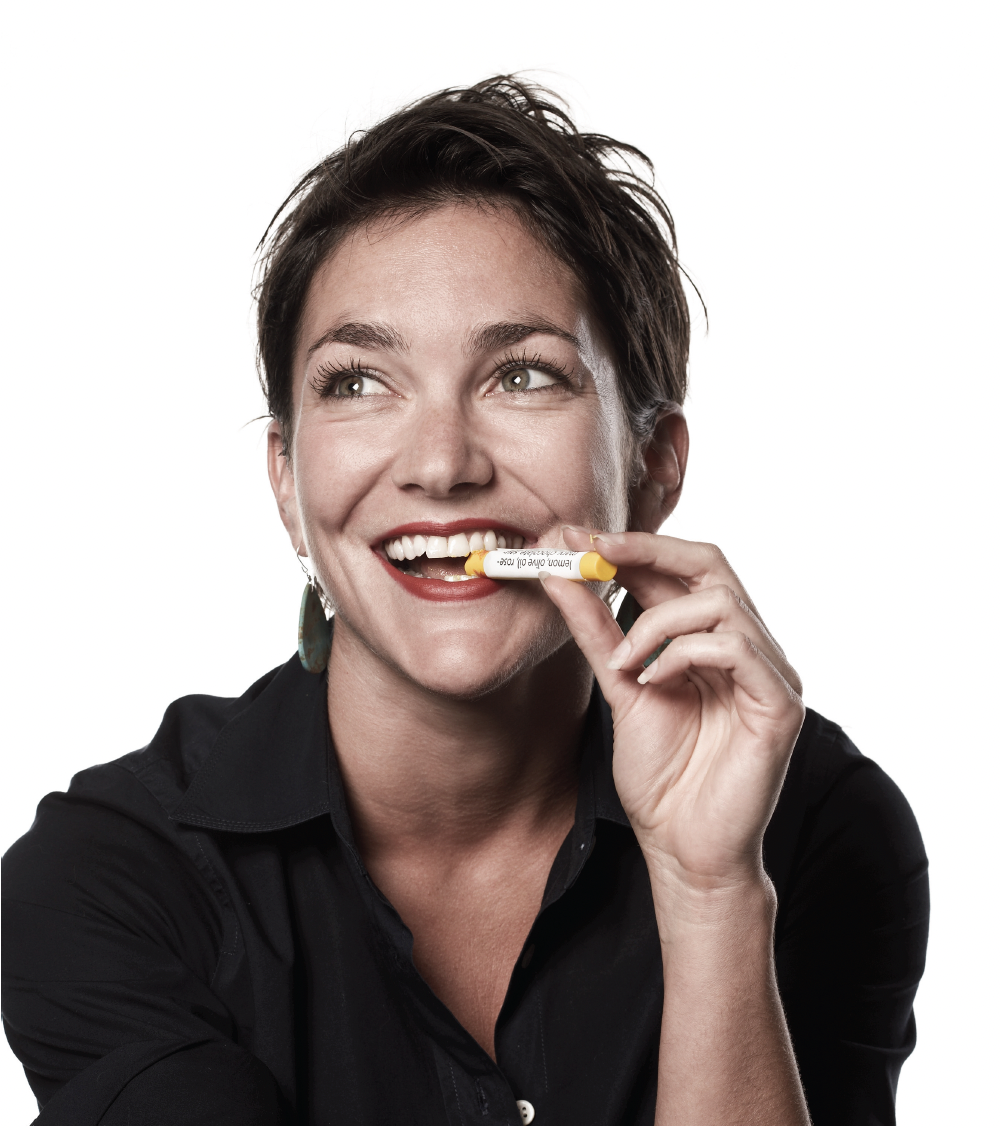

08 · Fruitility
There’s good reason the old adage advises “an apple a day keeps the doctor away” as this versatile fruit contains about 50 calories and consists of about 80% water (like the human body). It also delivers 2.3 grams of fiber, 0.4 grams of protein, 11.8 grams of sugar, 2 grams of vitamin A, 15 milligrams of vitamin C, 0.02 milligrams of vitamin B1, 0.01 milligrams of vitamin B2, 0.05 milligrams of vitamin B6, and 0.05 milligrams of vitamin E. Altogether, this palm-sized fruit can really pack a punch.
Fun with Fruit
By Jennifer Leonard
The gold standard of healthy convenience in a compostable package, fruit has been shaped by human touch (10,000+ years of cultivation) for as long as its colors and forms, fragrances and flavors have sparked human imagination. This communication design concept revives the ‘still life with fruit’ works of yore through a photography campaign that celebrates the impressive diversity and impeccable designs of fruit. As Salvador Dali once said, “Beauty shall be edible or nothing.”


09 · Turn Ons
As early as 100 BC, aphrodisiacs were sought out as remedies for various sexual anxieties, including fears of inadequate performance or the need to increase fertility. Substances with naturally occurring seed, or semen, like bulbs, eggs and snails, were considered to possess sexual powers. Other types of foods, resembling genitalia, were believed to be stimulating. To this day, people continue to entertain such notions.
Mmmplant
By Bosung Kim
Mmmplant is a design concept that depicts a biotech future where food and love co-mingle in the landscape of the human body. Performative in nature, it plays at the border of cultural norms and taboos: cultivating and harvesting life-forms, human or otherwise, versus the (romantic) cannibalistic act of planting seeds in the body of a lover and later eating the living evidence.
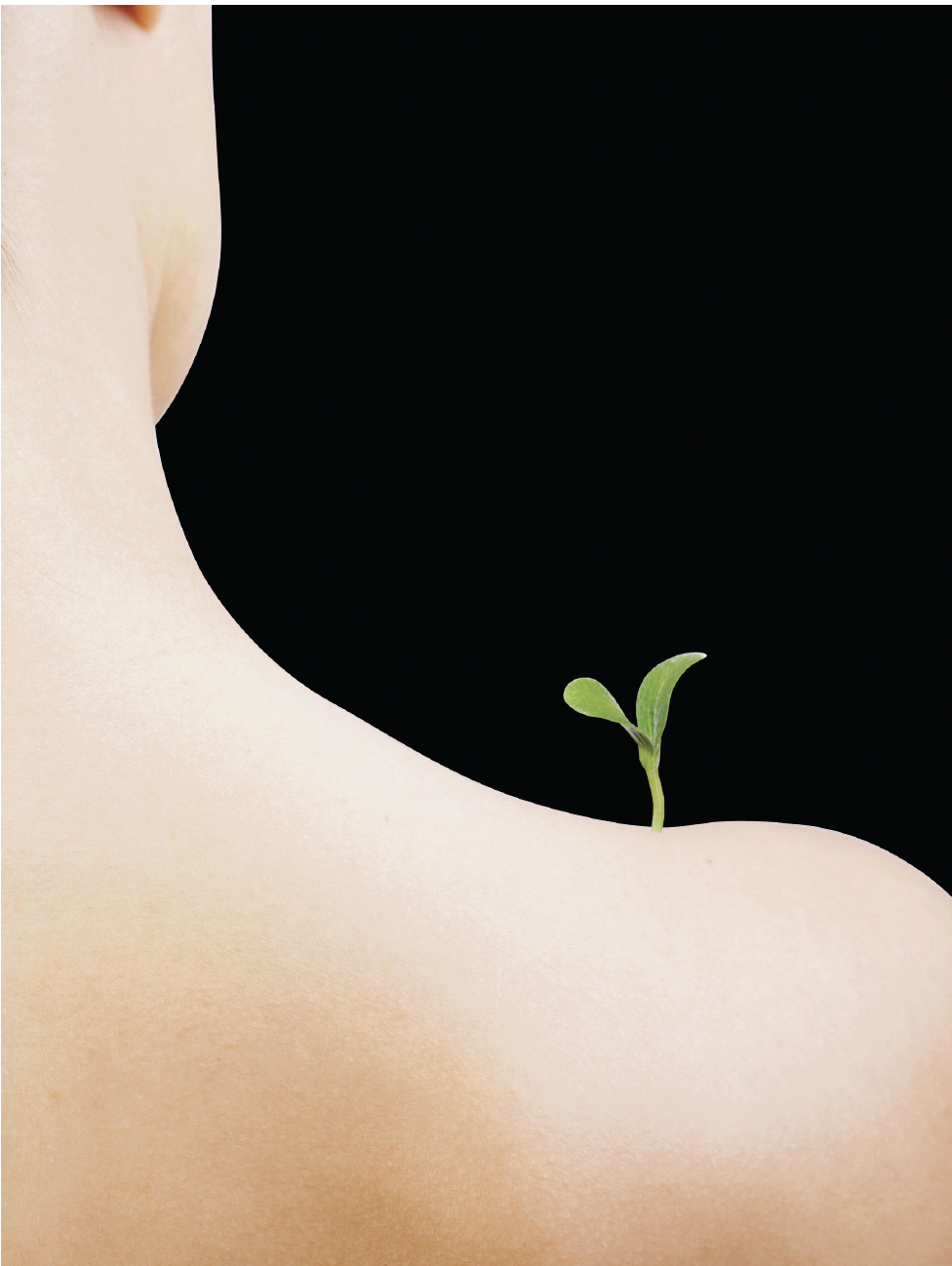

10 · Fermentation
There are 500,000+ known beer varieties. Beer is simple to make, tastes (mostly) great, and induces mild–moderate euphoria. Traces appear in pottery as far back as 6000 BC.
Beeries
By Alex Coriano
Building on the tradition of fruit-infused beer – lime in a Corona, lemon in a Hefeweisen – Beeries flip the equation and put the beer in fruit. Using semi-dehydrated berries, then rehydrating them in your beer of choice, Beeries become an edible form of alcohol, or a delicious snack with ‘buzz’. Beeries have the potential to take on endless flavor profiles, such as Guinness BlueBeeries, Becks StrawBeeries and New Castle CranBeeries.
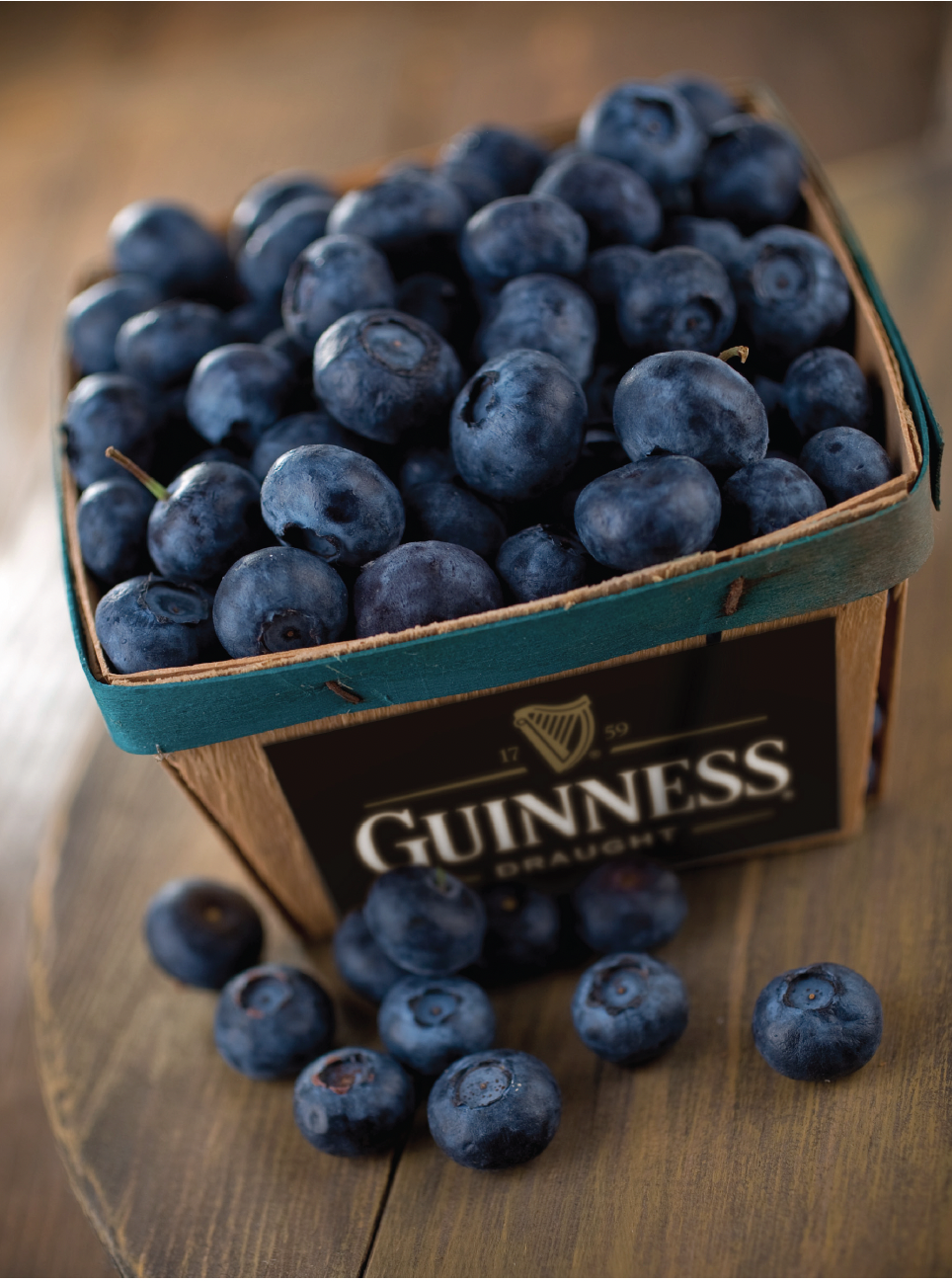
11 · Dining Out
An average of 1 out of every 5 meals consumed by Americans (4.2 meals per week) is prepared outside of the home, in a commercial setting. An average of 14.4 meals per week are privately prepared, and the remaining 2.4 meals are skipped altogether.
Inspiroma
By Emily Lannon
Ever walk into your kitchen at the end of a long day without a clue what to prepare for dinner? Inspiroma is an aroma filtration system meant to inspire dinner ideas. Simply scroll through the portfolio of programmed aroma-recipes and let your nose decide. Choose what suits and select print for a detailed recipe.


Cover image: iStockphoto
Additional photography: iStockphoto
DISCLAIMER: All references to Ferrari S.p.A. are used only for the purpose of presenting the Pasta concept. Ferrari S.p.A. is not associated with IDEO but we chose to feature Ferrari S.p.A. as an example because it is a vibrant, growing company seeking to strengthen its premium global brand. It is alsoa company and brand we admire.
Heading 1
Heading 2
Heading 3
Heading 4
Heading 5
Heading 6
Lorem ipsum dolor sit amet, consectetur adipiscing elit, sed do eiusmod tempor incididunt ut labore et dolore magna aliqua. Ut enim ad minim veniam, quis nostrud exercitation ullamco laboris nisi ut aliquip ex ea commodo consequat. Duis aute irure dolor in reprehenderit in voluptate velit esse cillum dolore eu fugiat nulla pariatur.
Block quote
Ordered list
- Item 1
- Item 2
- Item 3
Unordered list
- Item A
- Item B
- Item C
Bold text
Emphasis
Superscript
Subscript
